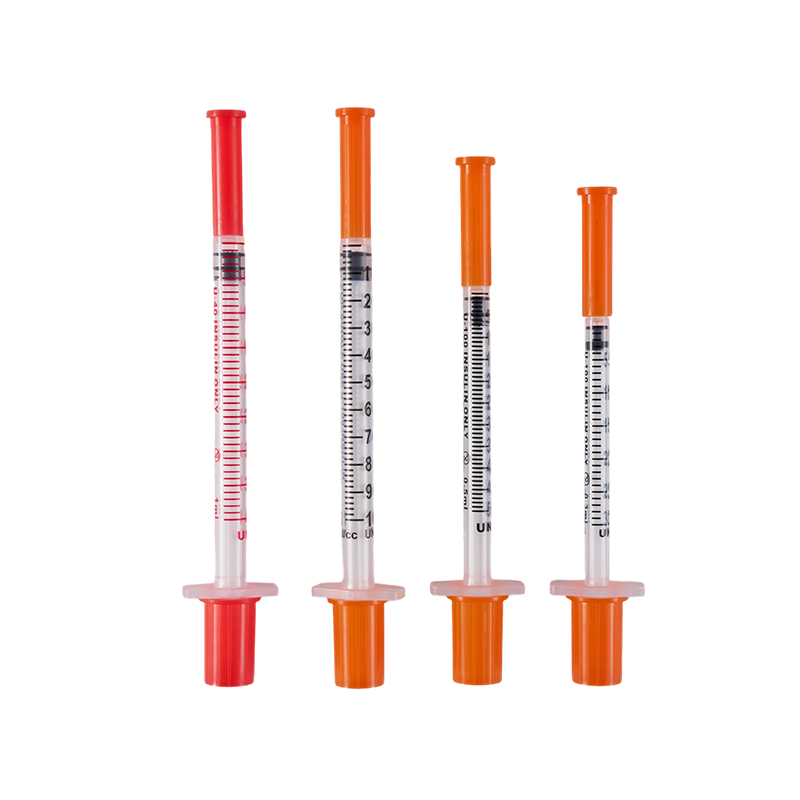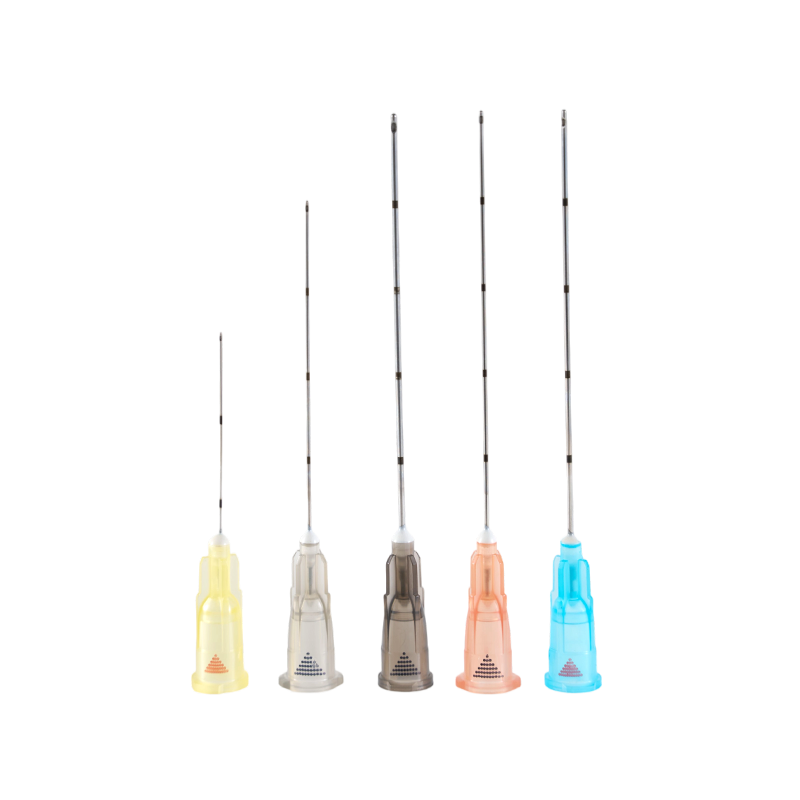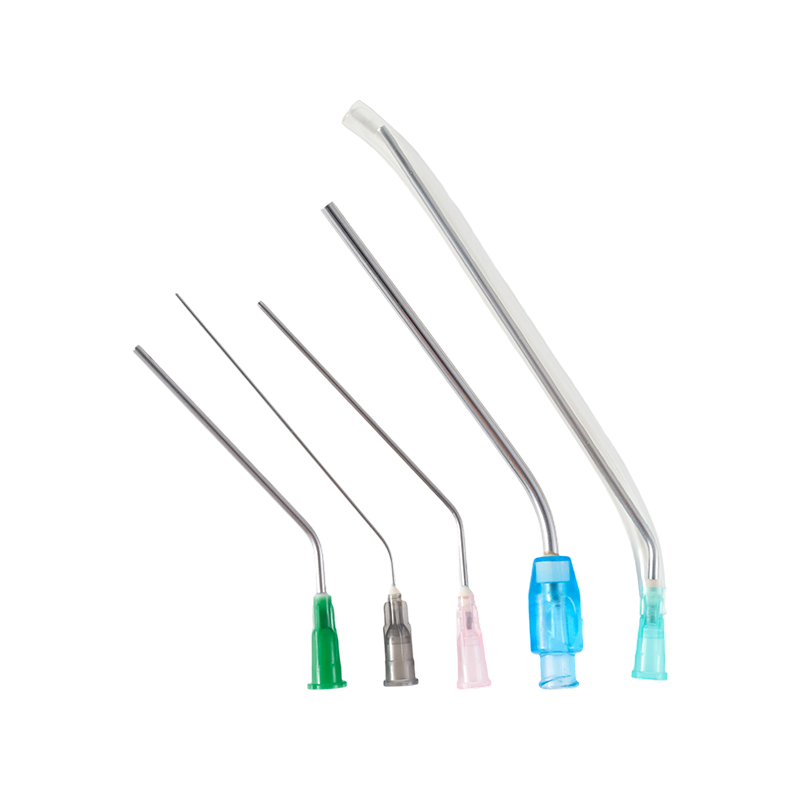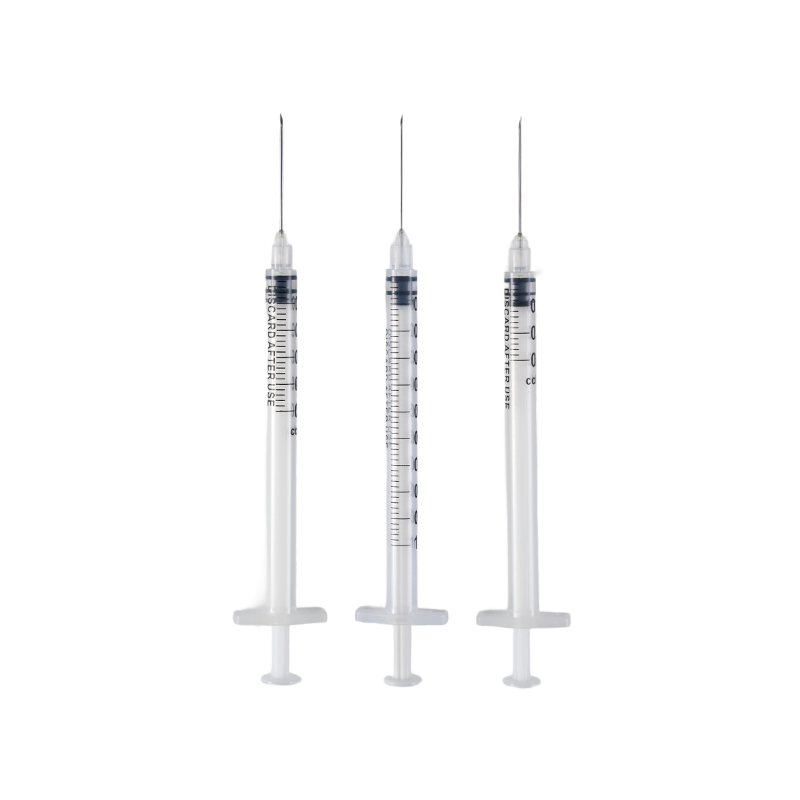In medical and aesthetic procedures, the terms "cannula" and "needle" are often used, but their functions and applications can be distinctly different. Understanding the physical structure and attachment methods of these devices is crucial for selecting the right tool for a specific task.
1. Fundamental Tip Design: Sharp vs. Blunt
The most significant difference lies in the tip of the device, which dictates its primary method of entry and overall safety profile.
- Sharp Tip (Cannula Of Needle): In a traditional hypodermic setup, the Cannula Of Needle is the sharp, hollow metal tube that is permanently or detachably fixed to a hub. This sharp tip is designed to pierce the skin and create its own entry point with minimal resistance. The sharpness is crucial for patient comfort during initial puncture.
- Blunt Tip (Blunt Needle Cannula): As the name implies, a Blunt Needle Cannula has a rounded, non-sharp tip. It is not designed to pierce skin. Instead, it is intended to be introduced through a pre-made incision or entry point created by a sharp needle. The primary design goal of the Blunt Needle Cannula is to minimize the risk of piercing vessels, nerves, or underlying tissues unintentionally.
- Openings (Cannula Without Needle): When considering a Cannula Without Needle, the tip design is again a key differentiator. Many such cannulae used for drainage or irrigation have multiple side ports or a specific tip shape to facilitate fluid flow without the need for a sharp needle to be attached.
2. Method of Insertion and Entry Point
How the device enters the body is directly determined by its tip design and attachment.
- Pre-Created Incision with a Blunt Tool: The Blunt Needle Cannula requires an initial entry to be made, often with a small scalpel or a sharp needle. The Blunt Needle Cannula is then gently navigated through this opening, spreading tissue fibers apart rather than cutting through them.
- Direct Puncture with an Integrated Sharp: The classic Cannula Of Needle functions as an all-in-one piercing and delivery system. The sharp point creates the entry, and the hollow channel allows for immediate fluid administration or withdrawal.
- Standalone Insertion: A Cannula Without Needle, such as a nasal or surgical drainage cannula, is typically inserted directly into a body orifice or a surgically created site. Its insertion relies on the existing access point, not an integrated sharp component.

3. Primary Applications and Clinical Use Cases
The different designs make these tools suitable for specific medical and aesthetic fields.
- Safety in Dispersion and Aspiration: The Blunt Needle Cannula is widely favored in fields like dermatology and biopharmaceutical handling. For facial fillers, it allows for the safe dispersion of material in a fan-like pattern with a single entry point. In labs, a Blunt Needle Cannula is used to withdraw fluids from sealed vials without coring the stopper.
- Precision Delivery and Withdrawal: The sharp Cannula Of Needle is indispensable for subcutaneous, intramuscular, or intravenous injections where precise, deep delivery is required. It is the standard for vaccinations, blood draws, and many medication administrations.
- Continuous Access or Drainage: A Cannula Without Needle is commonly seen as an intravenous cannula (after the sharp introducer needle is removed), for delivering oxygen, or for post-surgical wound drainage. The Cannula Without Needle provides a safe, sustained portal.
4. Attachment and Connection Systems
How these devices connect to syringes or tubing is another area of differentiation.
- Standard Luer Connection: Both the Blunt Needle Cannula and the hub of a Cannula Of Needle typically feature a standard luer slip or luer lock connection. This universal system allows them to be securely attached to any compatible syringe.
- Integrated vs. Detachable: The Cannula Of Needle is often a single-use, integrated unit where the cannula is permanently fixed to the plastic hub. In contrast, a Blunt Needle Cannula is usually a standalone component that is attached to a separate syringe for use.
- Tubing Adapters: A Cannula Without Needle used for drainage or oxygen delivery often has a different type of connector designed to attach directly to medical tubing, rather than a syringe.
The choice between a Blunt Needle Cannula, a sharp Cannula Of Needle, or a Cannula Without Needle is a fundamental decision based on the required procedure. The sharp Cannula Of Needle is for creating precise punctures, the Blunt Needle Cannula is for safe tissue dissection and material dispersion through an existing opening, and the Cannula Without Needle serves roles in sustained access and drainage where no sharp component is needed. Understanding these distinctions ensures both procedural efficacy and enhanced patient safety.








